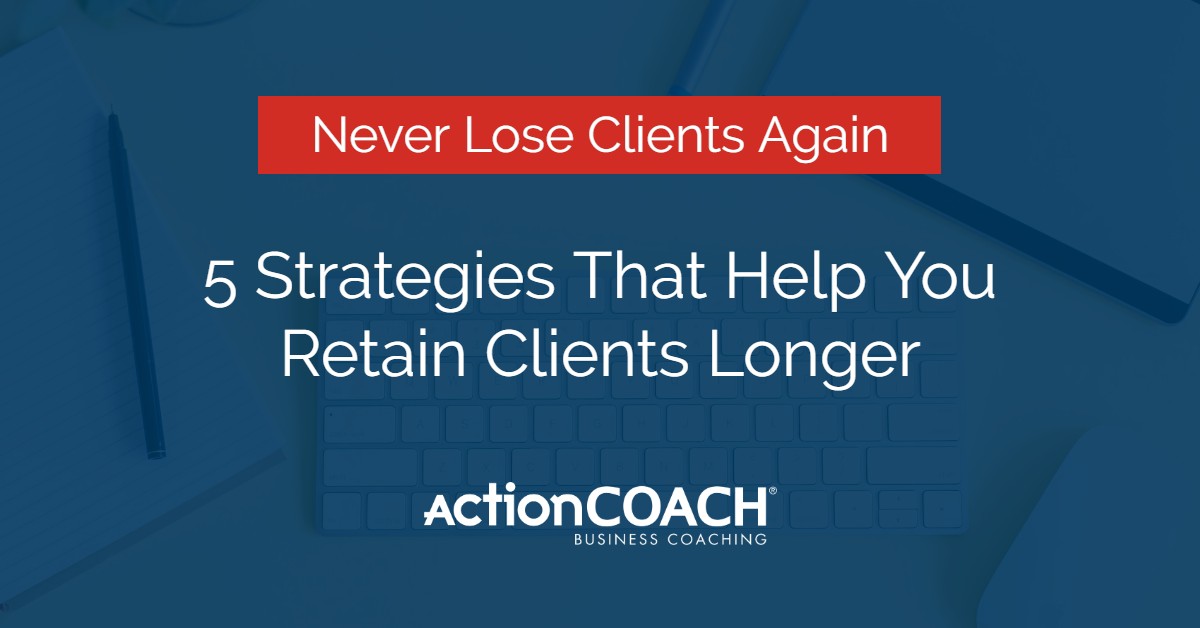The 7 Steps to Hiring the Right Person in Your Business
Good to Great by Jim Collins is one of my favourite business books. Jim and his research team spent 5 years answering one simple question
“What do the most successful businesses have in common
that average businesses lack?”
One answer was an obsessive focus on picking and retaining the very best employees.
Some of the best leaders spent 50% of their time each week on recruitment and retention. They treated their business like a sports team – constantly scouting for new talent, cutting poor performers and making sure their superstar players were always happy.
It wasn’t clever business strategy, genius CEOs or technology that made them great businesses, it was having a team of superstars. With that in mind we asked the business coaches at the Business Growth Agency to share their 7 step process for hiring your own team of superstars.
1. Define Exactly What You Need
Obviously, you should start by listing the tasks that need doing (the job description) and the skills required. But this stage should go beyond a list of responsibilities.
You should consider the attitudes you need an employee to have. Think about your company values and culture too – someone who shares those values is likely to see their job as more than a simple exchange of hours for wages.
Be careful not to default to empty buzzwords. How many job ads have you seen asking for ‘team players’? Instead, try to think of concrete examples of what you need someone to do. What actions or qualities make someone a ‘team player’? Perhaps: delivering on your promises or being willing to admit when you’re wrong?
Once you’ve created this list, aim to create a process that tests for these skills and attitudes. You should also create a scorecard using these criteria, so you can assess and compare candidates as you go.
2. Write a Great Advert (Using AIDA)
“Recruitment is Marketing.” – Matthew Jeffrey
Advert is the keyword here. To stand out in a sea of near-identical job postings, you need to differentiate yourself by selling your job opportunity. That’s why you should approach writing your job ad like a marketing task.
Try using AIDA, a framework used by marketers, to shape your ad:
Attention
Grab people’s attention with your headline and first sentence. The sad truth is most people won’t read further than this so you often win or lose the battle for attention here. You do need to make sure your headline contains the words people will be searching for (“Junior Front-End Developer” not “Code Ninja”) but once you’ve done that try to make it attention grabbing. e.g. Rather than “Executive Assistant Needed” “Executive Assistant: Fully Remote, Flexible Hours at Award Winning Children’s Charity”
Interest
Now you have their attention, hold their interest using scannable text, short paragraphs, bullet points and headings. You should be focusing on what’s in it for them, not what’s in it for you.
Desire
Make them really want to work with you. Salary and perks are great but you need to focus on the emotional journey too. Share your vision for the business and what their career could look like if they joined. Is there a route to promotion? What world-class skills will they develop? What could your company achieve if it’s wildly successful in the coming years – and how can they be a part of that?
Finish with a simple single-step action they should take immediately. We’ll talk more about this in step 4.
3. Decide Where to Fish
Don’t just post on a couple of job boards and leave it at that. To make sure you get your job in front of as many high-quality candidates as possible, combine several of these approaches:
- Use your network: Ask your staff and connections who they know.
- Go where the fish are: Where do your dream candidates tend to be? Think about industry events, specialist online communities, university career fairs and even your competitors.
- Look at other industries: Think about the transferable and crossover skills you need and industries where workers are likely to have them. If you’re hiring a salesperson to deliver presentations perhaps somebody with a background in teaching, theatre or standup comedy has the skills you need? Then, use LinkedIn, industry specific groups and networking to speak to potential candidates in those industries.
4. Screen Your Leads to Save You Time
The one-click application process used by many job boards encourages people to quickly send off CVs without taking time to think.
Wading through all those CVs is a waste of your time and it makes it difficult to compare people fairly. Instead, create barriers in your application process that will encourage unsuitable people to deselect themselves.
Discouraging people from applying seems counterintuitive but it makes sure those who apply are serious about the job. You can also design your barriers so that they give you more meaningful information that will help you to decide which CVs to look at.
You could consider:
- Giving them a questions to answer
- Asking them to record a short video or leave a voicemail message
5. Test for Aptitude
Aptitude and work sample tests are two of the most powerful tools you have when it comes to evaluating candidates. Aptitude tests measure a precise skill (such as situational judgement and inductive reasoning) and work sample tests require candidates to complete tasks they would be expected to do as part of the role.
While CVs, qualifications and screening questions can tell you something about a candidate, tests are a far more reliable and objective source of data. These tests give you concrete information about how someone works in a pressurised environment and how well they apply their skills to real-world situations.
By including aptitude and/or work sample tests, you’re drastically increasing the amount of objective data you have to compare candidates against one another and against the criteria you’ve set.
Assuming there are no question marks around candidates (e.g. repeatedly getting fired from previous jobs with no clear explanation why) and they are a good fit for your company culture, we think you should mostly be relying on test performance to rank candidates.
6. Interview Candidates Consistently
“Hiring the right people takes time, the right questions and a healthy dose of curiosity.” – Richard Branson
Once you have a shortlist, you can organise group interviews. They have several advantages but typically they’re about selling your business to the candidates, giving applicants an opportunity to deselect themselves and saving you time (you can explain the role, your culture and answer questions from 15 people at once rather than one by one).
When you’ve whittled it down to the 3 or 4 best candidates, you can move on to individual interviews.
These should focus on the values and attitudes you identified at the start of the process, as you should have enough information about their skills by now. Script your questions in advance and make sure each tests for an item on your list.
You should also avoid questions that invite generic answers. Rather than asking “what do you think makes a good leader?” get them to draw from their experiences by asking for an example of where they took the lead on a task.
Remember to plan some follow-up questions so you can really dig into their responses. In our experience first replies are often generic and cautious and you need to ask several rounds of follow up questions and clarifications to get to the real answer.
7. Close the Sale
Keep in mind that the best candidates will probably be choosing between offers, so you need to keep on selling the opportunity.
Start with a verbal offer and then check their references. And don’t be afraid to get creative with which references you ask for. Speaking to people who actually worked with them will give you far more useful insight than the HR department is able to.
The final stage is to design a robust probation period for your new hire. This gives you the time and data you need to decide for sure that they will be an asset to the business. Remember that probation should be rigorous enough that not everyone passes it. It’s galling when someone makes it this far and fails at the last hurdle but settling for someone who’s not a good fit and hoping things will improve rarely works out for the best in our experience.
If they hit their probation targets and you’re happy – now you can call the sale closed. Congratulations. You’re one step closer to completing your team of superstars.
Need help hiring a team of superstars? Book a free no obligation trial coaching call and see what it’s like having an experienced business coach share strategies, keep you accountable and troubleshoot your specific problems.




